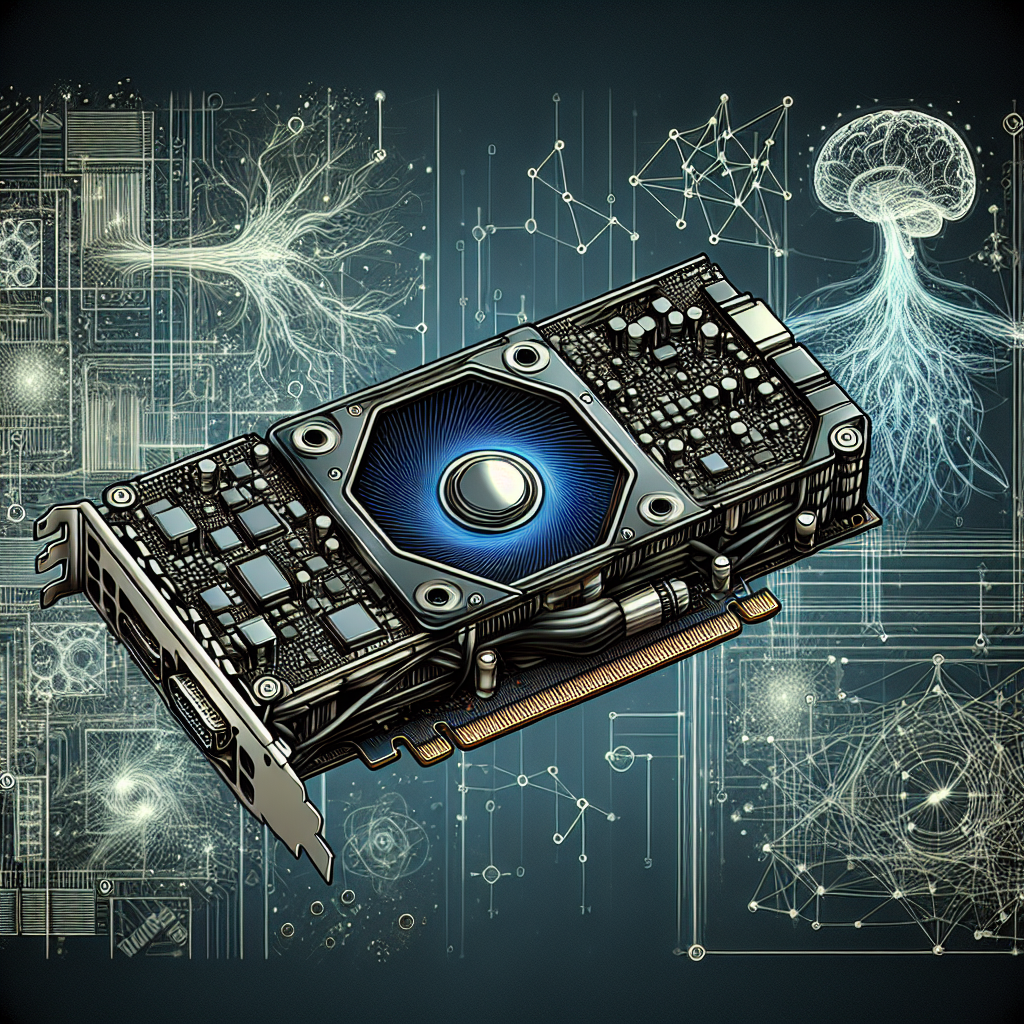Maximizing Performance in Deep Learning Applications with the Nvidia Tesla V100 GPU Accelerator Card
Deep learning has revolutionized the way we approach complex problems in various fields such as healthcare, finance, and autonomous driving. However, as the size and complexity of deep learning models continue to grow, the need for powerful hardware accelerators becomes increasingly critical. One such accelerator that has gained widespread recognition for its performance and efficiency is the Nvidia Tesla V100 GPU accelerator card.
The Nvidia Tesla V100 GPU accelerator card is designed specifically for deep learning applications, offering unmatched performance and scalability. With its cutting-edge Volta architecture, the Tesla V100 delivers up to 125 teraflops of peak performance for deep learning workloads, making it one of the most powerful GPU accelerators on the market.
To maximize performance in deep learning applications with the Nvidia Tesla V100 GPU accelerator card, several key factors need to be considered:
1. Utilize Tensor Cores: The Tesla V100 GPU accelerator card is equipped with Tensor Cores, which are specifically designed to accelerate matrix multiplication operations commonly used in deep learning models. By leveraging Tensor Cores, developers can significantly speed up training times and improve overall performance.
2. Optimize Memory Usage: Deep learning models often require large amounts of memory to store weights, activations, and gradients. To maximize performance with the Tesla V100 GPU accelerator card, it is essential to optimize memory usage by minimizing unnecessary data transfers and maximizing memory bandwidth utilization.
3. Parallelize Workloads: The Tesla V100 GPU accelerator card features thousands of CUDA cores, allowing for massive parallelism in deep learning workloads. By parallelizing computations across multiple cores, developers can take full advantage of the Tesla V100’s processing power and achieve faster training times.
4. Use Mixed Precision Training: The Tesla V100 GPU accelerator card supports mixed precision training, which allows developers to use 16-bit floating-point arithmetic for training deep learning models. By using mixed precision training, developers can reduce memory usage and improve performance without sacrificing model accuracy.
5. Update Drivers and Libraries: To ensure optimal performance with the Tesla V100 GPU accelerator card, it is essential to regularly update drivers and libraries that are compatible with the card. Nvidia regularly releases updates to its CUDA toolkit and deep learning libraries, so staying up to date with the latest versions can help maximize performance.
In conclusion, the Nvidia Tesla V100 GPU accelerator card is a powerful tool for maximizing performance in deep learning applications. By leveraging its advanced features, such as Tensor Cores, optimized memory usage, parallelized workloads, mixed precision training, and updated drivers and libraries, developers can unlock the full potential of the Tesla V100 and achieve unprecedented levels of performance in their deep learning projects.


